A Traveler’s Journal: Meandering Budapest’s Streets
With its origins dating back to the 9th century, Budapest was officially formed in 1873 when the cities of Buda, Pest and Obuda were unified. Once hailed as the heart of Europe and the Pearl of the Danube, it can be easy to overlook Budapest’s rich and influential history.
I didn’t know what to expect. I knew that Budapest was a mecca for backpackers and that just about every person I’ve ever met who visited fell in love with the city. Many described it as similar, but uniquely different, from Prague in the Czech Republic, a city I visited in 2007 and found to be absolutely charming. On the other hand I had heard stories of Budapest as a somewhat run down city suffering from significant economic hardship and the post-Soviet woes that came with the USSR’s collapse.
The reality of the Budapest I found was a combination of both. As luck would have it, I was in Budapest during Hungary’s independence day which celebrates their attainment of independence from the Soviet Union in 1989. The city was decorated with special Hungarian flags. As you’ll notice in the photo above, taken in front of the Parliament Building, all of the Hungarian flags on display had a circle cut out of the middle to commemorate the removal of the Red Star when they gained independence.
BUDAPEST’S CHARM
While it is obvious that the city is suffering from significant economic woes, it is also nowhere near as dirty, poorly maintained, or shabby as I had been led to expect. In truth, I found the city’s beauty to stretch far beyond the usual tourist attractions bleeding over into the old historic districts. It has a number of picturesque tree-lined boulevards, wonderful old buildings, great parks, and an exciting mixture of architectural styles. It’s also a gorgeous city at night, with many of the buildings boasting well-lit facades that give it a charming, romantic feel.
Mixed in with newly renovated structures and modern buildings there are definite signs of economic woes, but these are being repaired or at the very least, casually maintained. One example I stumbled upon was a largely abandoned shopping mall dating back to the early 1900s – the Parisi Udvar or Parisian Aracade. Every inch of the interior was crafted for beauty with stained glass and marble decorating and lighting nearly every inch. While not something you’ll see in the tour books, a stroll through the building’s main hall is well worth a detour. It can be found at Petofi Sandor utca 2, Budapest 1052, Hungary just off the Ferenciek Tere station.
Budapest’s skyline was one of my favorite aspects of the city. It is often colorful, full of character, and has a vibrant flare to it that really differentiates it from many of the other European cities I’ve visited. It also reflects the feeling of the buildings and city itself – which left me feeling as though I’d partially stepped back in time to the late 19th and early 20th century. It’s hard to put into words but Budapest just has this wonderful romantic feel to it.
The city is also home to a number of fantastic hotels with rich histories and a captivating late 19th century ambiance and class. These include the Hotel Astoria (1914), and Boscolo Budapest (1894) which was formerly known as the New York Palace.
The nature of transportation in Budapest only serves to add to that historic feeling. It boasts the usual mixture of modern vehicles, mopeds and the rare bicycle. Where it really sets itself apart, however, is its public transportation. The metro lines are small, narrow, and have an aged feel to them which makes sense given that the oldest of the lines, Line 1, is now a UNESCO World Heritage Site and dates back to 1896. While a good bit newer, most of the cars – especially those on Line 1 – tend to have a very historical feel. They are small, cramped, extremely narrow, old, loud and completely charming. I would guess that many of the metro-cars date back to the 70s and 80s. The city also has a series of excellent surface trams which make for easy transport once you figure out the somewhat odd and out-dated paper ticket punch-card system. In short, to use it you buy a paper ticket with 6 boxes at the bottom. Then upon boarding there’s a hole-punch which you use to validate the ticket while trying to avoid tearing it.
I highly suggest a trip to the city’s Central Train Station located on the Pest side of the city. This old building is still in active use and has a lovely feeling to it. While due for restoration, it showcases a mixture of historical design elements and repairs which combine the modern, not-so modern, and old into a delightful mismatch. If you’re like me and love old train stations, I think you’ll get an absolute kick out of this one. Just don’t confuse it with the city’s other train stations which are more modern and far less charming.
THE DANUBE
The Danube plays a significant role in Budapest’s history, serving as the boundary between Buda and Pest.. The two sides are very similar in many ways, but each has its own unique flavor. As a major actor in the region’s history, the Danube also serves as home to a mixed assortment of great places to explore. A walk along the waterfront is an absolute must. What you’ll find is a number of barges and old riverboats which are semi-permanently moored along the river’s banks. Many have been converted into pubs, restaurants, night clubs and dance halls.
As you wander down along the riverfront, you’ll eventually come to the Chain Bridge. The bridge was the first permanent bridge across the Danube and was opened in 1849. Several changes have been made to it over the years, including massive repairs after the Siege of Budapest in World War II. It offers a wonderful view of both Buda and Pest as well as a chance to pose with its famous guardian lion statues.
Located just to the north of Chain Bridge is the Hungarian Jewish WWII monument. This monument was incredibly touching, especially given the day’s bleak, rainy weather when I stumbled upon it. A series of bronze shoes are left at the side of the river to commemorate the genocide of Budapest’s jews during WWII. As the story goes, the jews were escorted to the edge of the Danube where they were required to take off their shoes and then shot at the edge of the water so they fell backwards into the Danube which in turn washed the bodies away. The monument was simple, small and sent shivers down my spine.
CATHEDRALS AND MUSEUMS
What would a post on a great European city be without mention of the city’s grand cathedrals? While Budapest boasts a number of beautiful religious structures one of my favorites is Saint Stephen’s Basilica. Named in honor of Hungary’s first king (975-1038), the Cathedral is one of the tallest buildings in Budapest and was completed in 1905. Perhaps the most fascinating, and in my opinion disturbing, fact about the Cathedral is what it holds. The Hungarians have held onto St. Stephen’s right hand, the mummified remains of which, are housed within the Cathedral and available for viewing.
If you’re up for a few steps (364 to be precise), don’t miss the bell towers and dome. One of the interesting aspects of St. Stephens is its exposed double dome. Viewers interested in a spectacular view of the city should head up into the dome and make sure to opt for the stairs for the final leg. The metal staircase winds up through the infrastructure and allows you to look at a cavernous room which features the Cathedral’s inner dome on the bottom, and then it’s free standing upper dome several stories above. Of the many cathedrals I’ve seen, very few actually allow the opportunity to see the exact nature and structure of the building’s dome(s).
Once you’ve had a chance to view Budapest from above, head back down into the Basilica and enjoy the beautiful interior. I’ve always found that some cathedrals feel larger from the outside, and others from within. Saint Stephen’s Basilica falls into the second category and is bound to leave you feeling awed by it’s impressive size and scale.
Another must visit is the Hungarian Museum of Fine Arts. A palatial building with a beautiful interior it not only boasts a impressive collection of fine paintings, it also serves as home to the second largest Egyptian collection in Europe and a wonderful mixture of Roman and Greek pieces.
A beautiful sprawling building built with high ceilings, grand halls, and an abundance of open space, the walls of the Museum of Fine Art are filled with works from some of history’s greatest names including El Greco, Bellini, Velazquez, Goya, Raphael, da Vinci, and Rembrandt among many, many others.
Budapest is a fantastic city to wander. During my week there I sampled many of its delightful charms, but lacked the time or good weather to properly explore many others. I can tell you one thing for certain – I fell in love with Budapest and cannot wait to return. The food was good, the city beautiful, and its winding, historical streets an absolute delight. The people were friendly and helpful.
Stay tuned for the next post in my series from Budapest during which I share my days spent exploring Budapest’s castles and palaces! Also, make sure not to miss my post Caving Deep Beneath Budapest – My First Brush With Claustrophobia.
Have a question or considering a trip to Budapest? Let me know and I’d love to answer it!

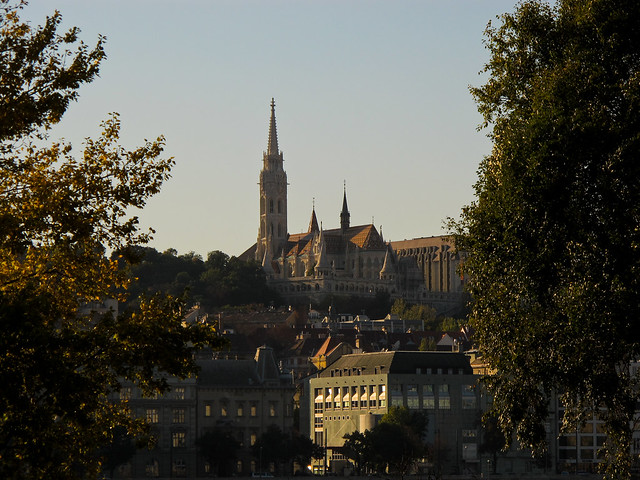
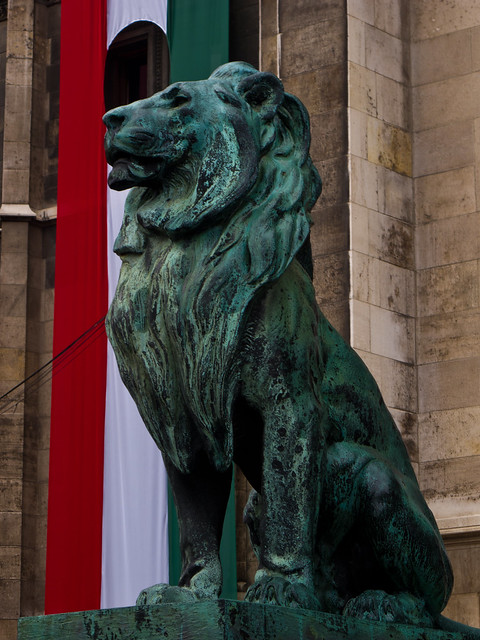
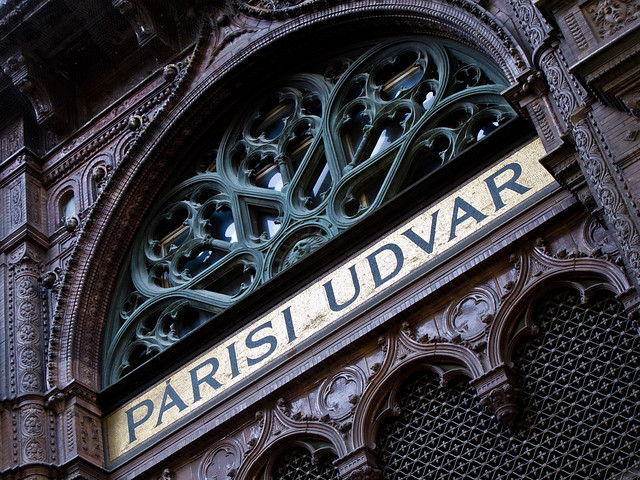
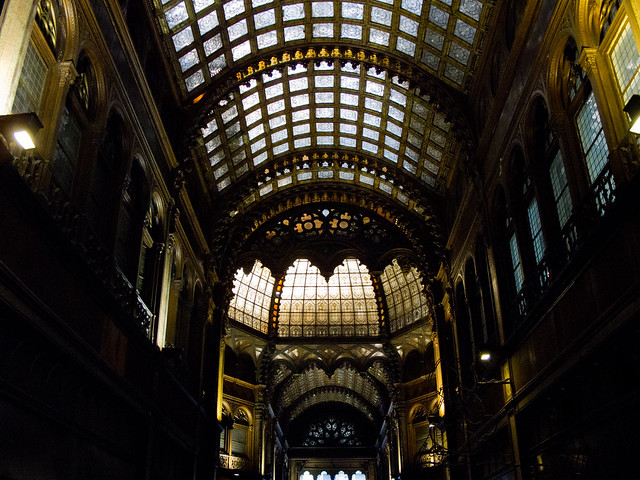



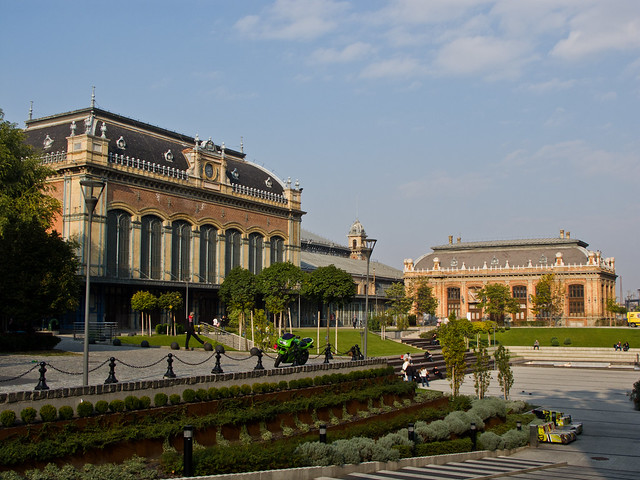



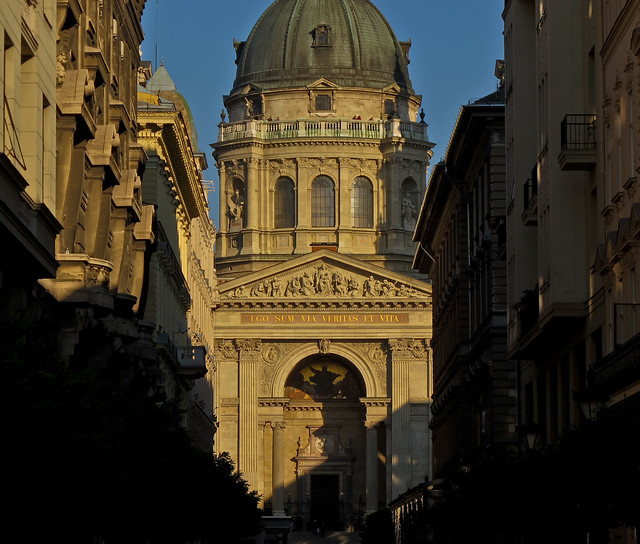
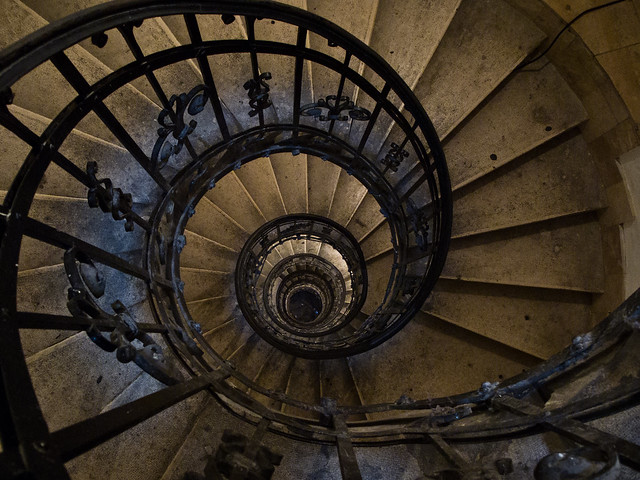
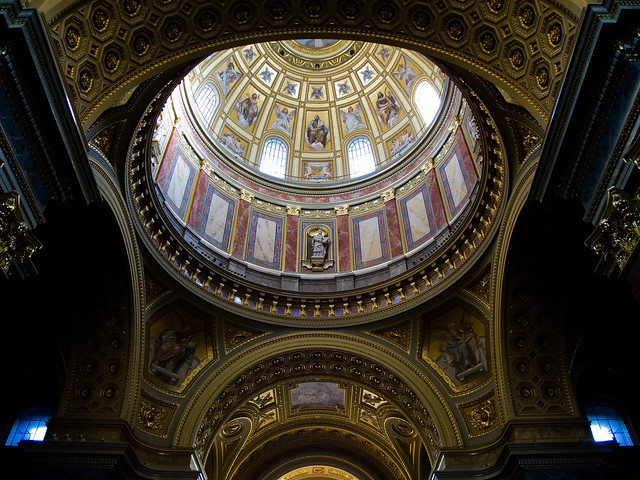
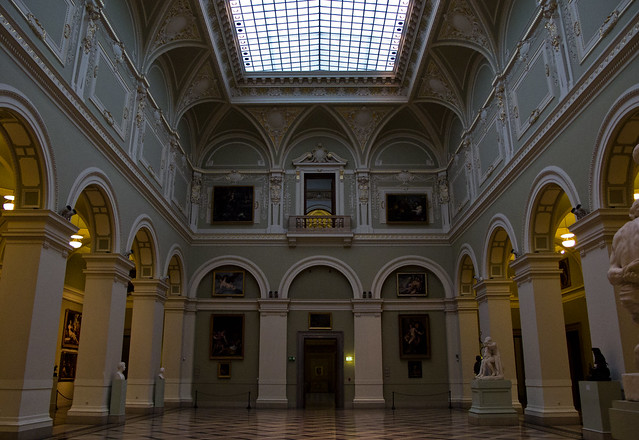
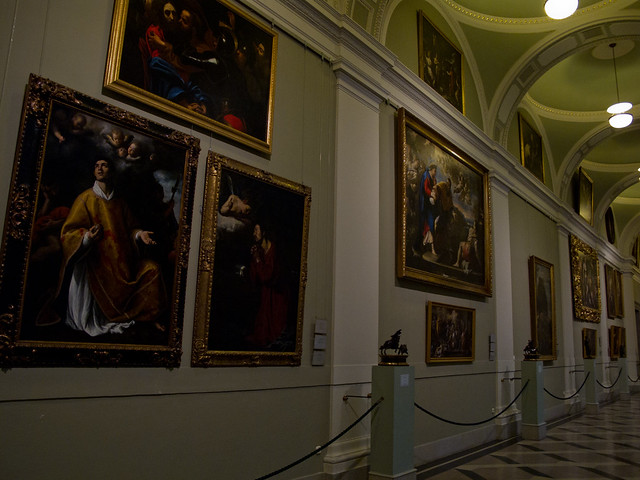
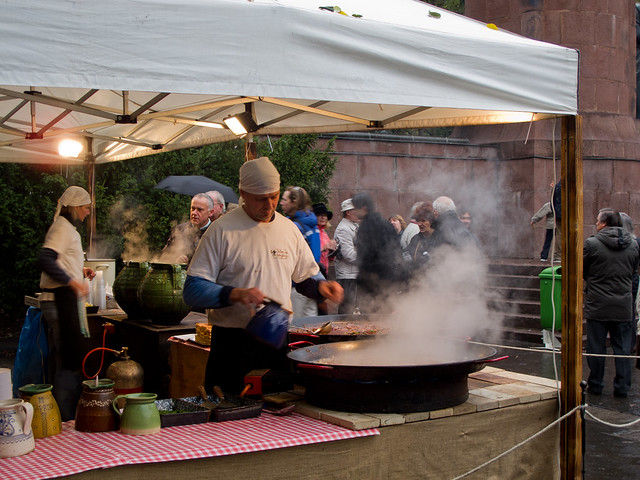

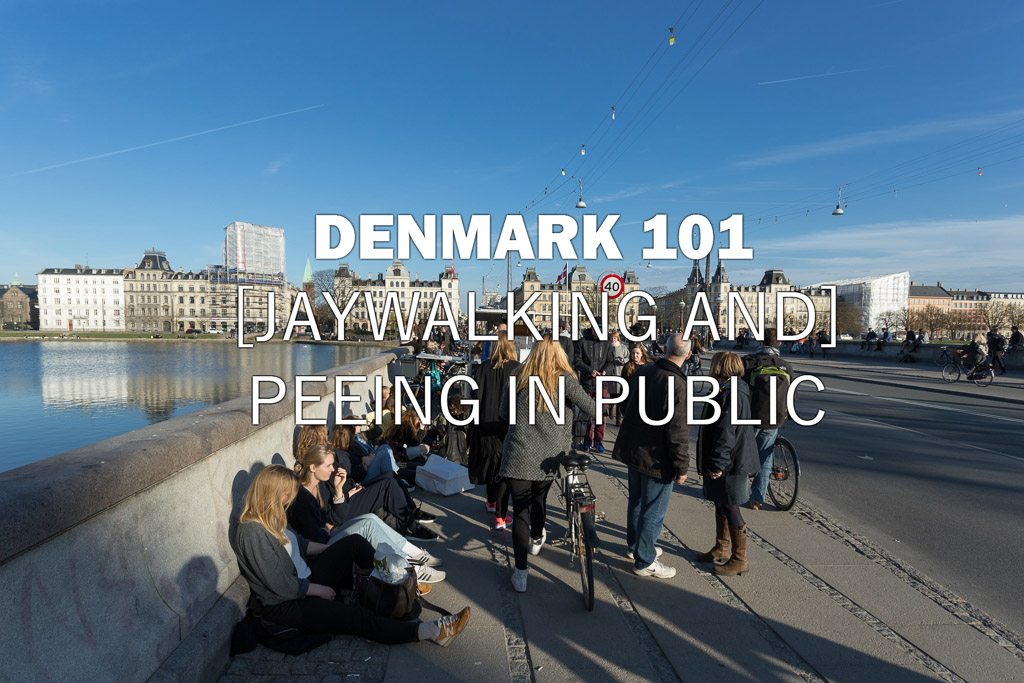
These are great. Just confirms how badly I want to see the place. What would you say is a pretty typical budget for staying there?
Thanks Kevin! Definitely get there as soon as possible! Budget will depend fairly heavily on what parts of town you want to spend most of your time in. The touristy sections tend to be priced closer to (but below) typical European prices. In general I found the city to be pretty cheap. One of the biggest mistakes I made was not getting a transport pass. I believe the Budapest card is a much better way to get around if you plan on using a fair amount of public transportation, as most of their tickets are only good for one leg. Food was priced at around what you would expect in Central Europe – which is to say cheap. There are a ton of hostels, and their pricing is cheap and usually includes a lot of services. For reference my caving tour was less than $30 USD. I stayed at the Aboriginal Hostel and really liked it. Rate for a 6 bed dorm was about $12/night with free wifi, etc. I’m afraid I can’t really remember the price on food. As I recall you could get a pretty solid meal for less than $10, and usually closer to about $5. Train travel within the country was also fairly affordable. I hope that helps!
Brilliant photos Alex! Interesting to read about the Jewish WWII monument. I somehow missed that when I visited a couple of years ago. I look forward to going back, Budapest is one of my fave European cities.
Thanks Andrea! Yep, I had no idea about it until I literally stumbled onto it. Initially I thought it was some sort of art display with real shoes. Then as I got closer I realized they were a permanent installation. Very cool!
Your crisp detailed pictures really bring the city to life for those of us that haven’t been there yet. I love the architecture!
Thanks Dan, great to hear and love the feedback!
Beautiful photos Alex, it looks like such an amazing place to visit. I’ve wanted to go to Budapest for a while and you’ve just made me want to go even more. I’d seen a photo of the bronze shoes next to the river before and had no idea what they were.
Great to hear Monica! Yep, the shoes were a total surprise but definitely a very cool discovery!
I agree with the fact that Budapest was somewhat run-down… I was there in 2007 too and it looked quite affected not only by communism, but also by the severe economic crisis that hit Hungary as early as 2006.
But the situation has improved a lot since then: the Matthias Church, the Parliament, the Vigado building, the Varbazar and several public parks, streets have been impressively restored, cleaned up, including the Ferenciek Tere area…
Perhaps a visit to Budapest in 2014 would paint a different picture…
If they keep up the good work, the city could be reborn.
Too bad that there are so many communist relic buildings – ugly simplist architecture that stands where once beautiful old buildings stood.
It is definitely a beautiful city. Though I think part of that beauty actually comes from the grit!